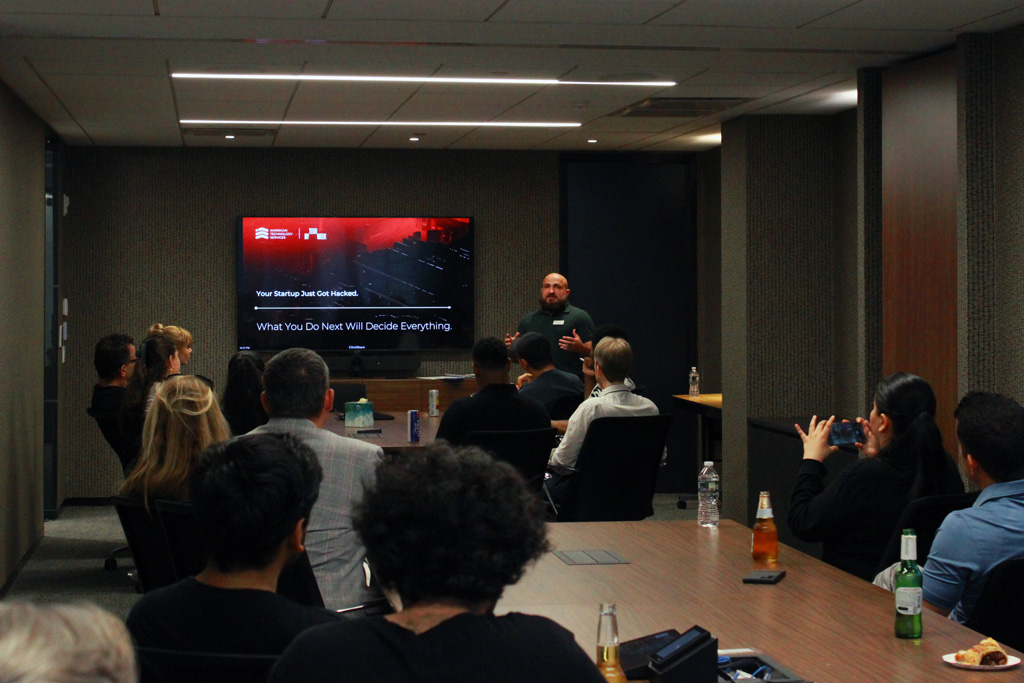White Box Testing
The Backbone of Vulnerability Assessment and Penetration Testing
In the cybersecurity landscape, White Box Testing emerges as an indispensable tool. Known alternatively as transparent, clear, or glass box testing, it has become a cornerstone of vulnerability assessment and penetration testing (VAPT). With its emphasis on viewing the internal workings of the application or system, it offers a comprehensive perspective of security threats that could potentially be exploited by hackers.
A Deep Dive Into White Box Testing
Unlike Black Box Testing, where the tester is unaware of the internal structures or workings of the system under test, White Box Testing provides the tester with complete visibility of the application’s internal logic. This extensive access allows testers to examine control structures, data flow, information flow, error handling, and more, leading to a much more in-depth examination of potential security weaknesses.
The crux of white box testing lies in examining the source code directly. Testers thoroughly examine the program’s code, algorithms, and system configuration to spot vulnerabilities that could lead to breaches. It’s like providing a full map of the building, including its secret passages and weak points, to the security inspectors who then probe for weaknesses.
The Synergy of White Box Testing and VAPT
Penetration testing, often known as ‘ethical hacking’, simulates cyber-attacks on systems to identify vulnerabilities. Vulnerability assessment, meanwhile, involves identifying, quantifying, and prioritizing these vulnerabilities. Both of these procedures require comprehensive knowledge of the system’s functionalities and weaknesses, making white box testing an ideal match.
White box testing contributes to a more effective and efficient VAPT process in the following ways:
- Code-Level Vulnerability Detection: Through white box testing, testers can identify vulnerabilities at the code level, including SQL injections, cross-site scripting, buffer overflows, and more. These vulnerabilities, which might go undetected in black box testing, can be systematically identified and rectified.
- Comprehensive Testing: White box testing covers all possible paths of the program or system, ensuring that no part of the code is left untested. This provides a more extensive vulnerability assessment than possible with other testing methods.
- Identify Logic Errors: White box testing helps identify logic errors and misconfigurations that could be exploited by hackers. These insights enable organizations to fortify their security before deployment, thus minimizing the risk of a security breach.
- Insight into the Intricacies of the System: By having complete knowledge about the system, including algorithms and architecture, testers can predict and locate where the system is most likely to fail or be exploited. This level of insight helps organizations develop a stronger, more secure system.
The Future Of White Box Testing
In the evolving digital world, where cybersecurity threats are becoming increasingly sophisticated, the need for thorough, insightful testing methods like white box testing is paramount. Integrating artificial intelligence and machine learning with white box testing could further enhance the testing process. AI could automatically analyze the code, identify potential vulnerabilities, and provide suggestions for improvement, making the process more efficient and effective.
Furthermore, combining white box testing with other methods such as gray box testing, which is a blend of both white and black box testing, can offer a holistic approach to vulnerability assessment and penetration testing. This combination provides both the insights of white box testing and the external testing viewpoint of black box testing, ultimately enhancing the security of the system.
In conclusion, white box testing forms the backbone of vulnerability assessment and penetration testing. By integrating it into the security lifecycle, organizations can identify, rectify, and manage vulnerabilities effectively, safeguarding their systems from potential cyber threats. As cybersecurity continues to evolve, so too will white box testing, paving the way for a more secure digital future.
Featured Articles
Articles / On June 5, ATS opened its doors for NY Tech Week and turned a 6th-floor downtown office into...
Articles / Businesses and individuals face a rapidly growing menace. Account Takeover (ATO) fraud is a sophisticated cybercrime reaching alarming...
Articles / Businesses are increasingly threatened by Distributed Denial of Service (DDoS) attacks. These attacks are designed to disrupt network...
Articles / The demand (and need) for ensuring system and data security is greater than ever and increasing at an...



